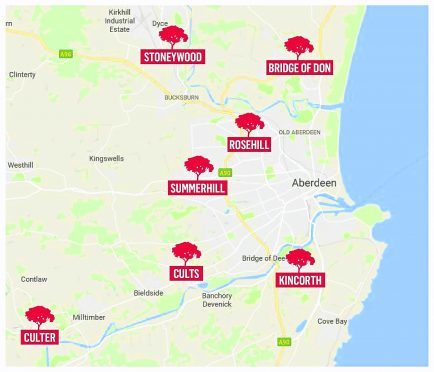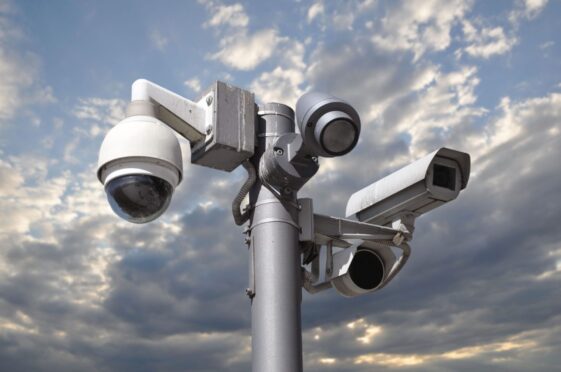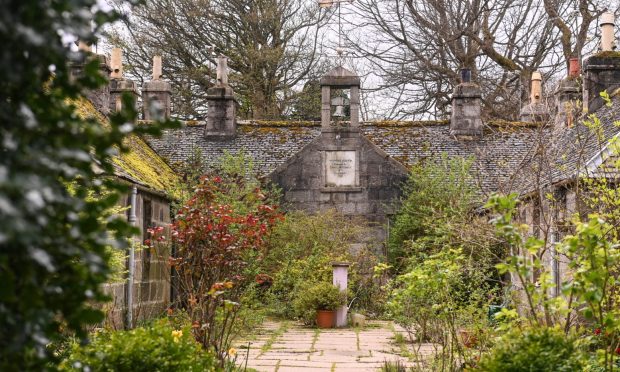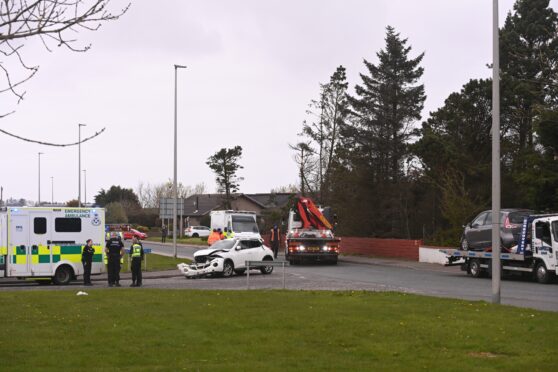About 400 diseased trees across Aberdeen are to be cut down.
Roads will be closed across the city as the local authority council steps up its campaign to fell the trees, which have Dutch Elm disease.
Around 60 have already been chopped this year.
Some of the diseased trees still left are in streets which have up to 10 dead or dying trees so road closures will be happening in Willowbank Road, Westburn Drive, Rosehill Drive, Hilton Street and Stronsay Road in the coming months.
The arboricultural service had noted Kincorth, Summerhill, Rosehill, Cults, Culter, Stoneywood, and Bridge of Don areas particularly affected by outbreaks of the disease.
Dutch Elm disease is one of the most serious tree diseases in the world which has killed more than 60 million British elms in two epidemics and continues to spread today.
The first epidemic was caused by fungus ophiostoma ulmi from the 1920s onwards when it killed 10% to 40% of elm trees across the UK, and the second and ongoing epidemic is caused by the more aggressive and related fungus O. novo-ulmi, which was accidentally introduced into Britain in the 1960s and first recognised in the 1970s.
The elm bark beetle spreads the pathogens through a fungus which infects the roots. The tree will normally die within three to five years of first signs but it may die within a season.
Council chiefs vastly underestimated the scale of the problem initially identifying just 50 diseased Dutch Elms.
Infrastructure convener Yvonne Allan said: “Our arboricultural team has made excellent progress at felling the dying elm trees as we must do what we can to try and stop the disease from spreading.
“We don’t want to cut down trees but unfortunately we must as the work not only helps to prevent the spread of the disease, but it also means there’s more room for the healthy trees to grow..
“Our priority is to have safe and healthy trees for residents and visitors to enjoy in all parts of the city as part of our beautiful and vibrant green spaces.”
Midstocket and Rosemount SNP councillor Bill Cormie said that although road closures would be “disruptive” they were “needed”.
He added: “Sadly many of these trees are between 100 and 140 years old so have grown to quite a size and could be a danger to the public.”










